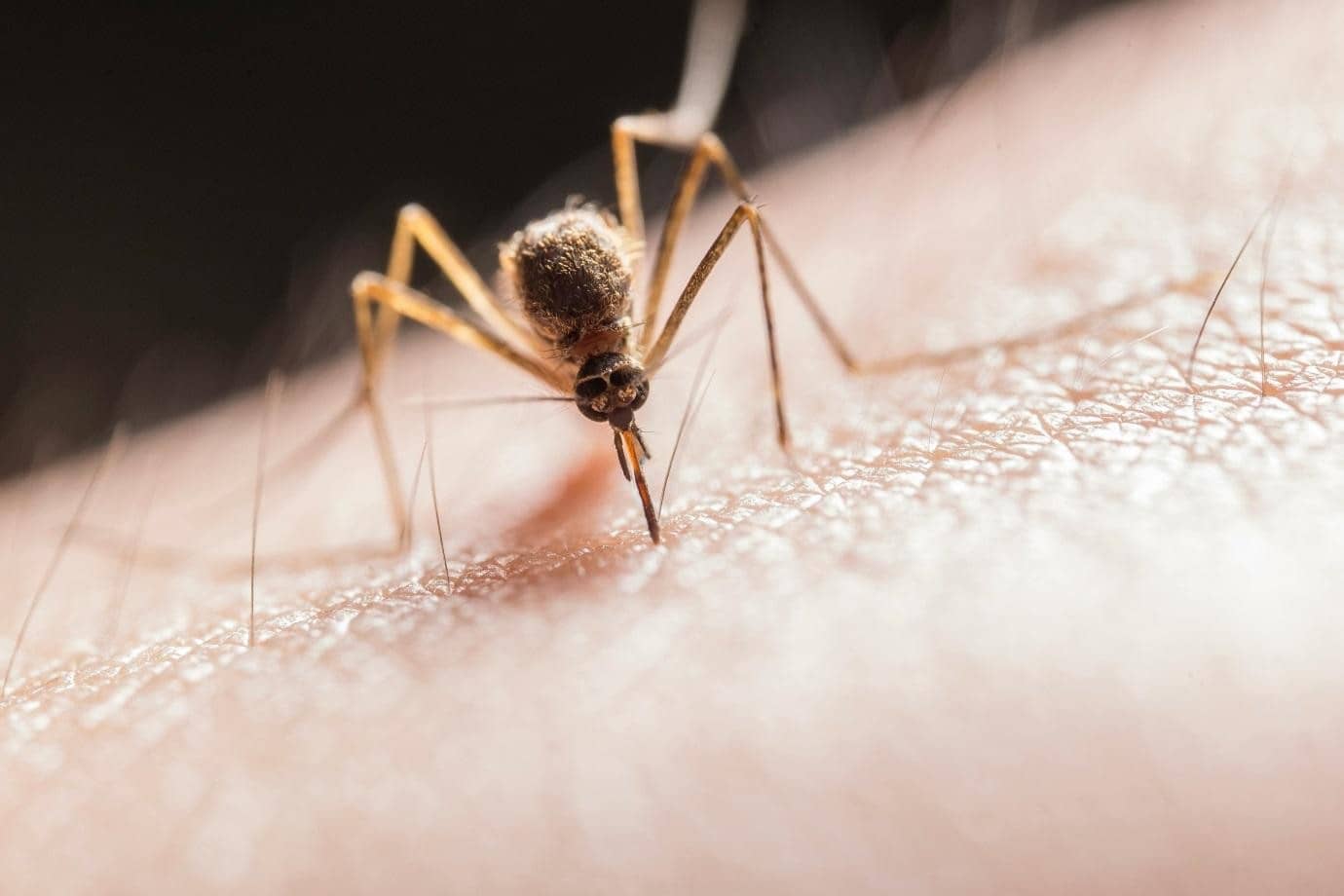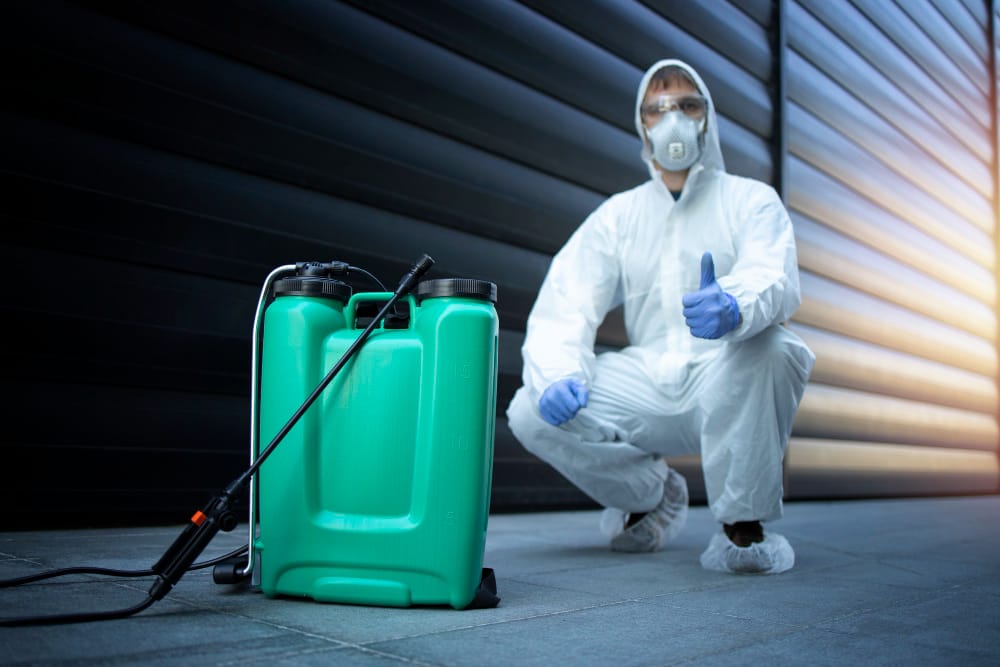Malaria is a potentially life-threatening disease spread by the bite of an infective female anopheline mosquito. Malaria can also be transmitted congenitally at birth from mother to fetus or neonate, by blood transfusion or organ donation, or through hazardous needle-sharing practices.
Every year, more than 240 million cases of malaria are reported worldwide (95% in Africa). Almost all instances of malaria in the United States are imported and occur in people traveling from malaria-endemic countries, many of which are in Sub-Saharan Africa and South Asia. Recent reports, however, have expressed worry regarding the rise of locally acquired malaria cases in the United States. This development has refocused the country’s attention on disease prevention, detection, and treatment.
Understanding Locally Acquired Malaria Cases
Malaria cases in the United States have traditionally been connected to overseas travel to malaria-endemic areas. However, the Centres for Disease Control and Prevention (CDC) has recorded a rising number of cases of malaria acquired within the country from June 26, 2023.
This is a major deviation from the usual pattern, necessitating a closer look at the underlying causes.
Recent Cases and Contributing Factors
According to the CDC’s Health Alert Network (HAN) report, several cases of locally acquired malaria have been identified in Florida and Texas. According to a recent report, Florida health officials discovered four cases of the mosquito-borne sickness, and one individual in Cameron County, Texas, was diagnosed with malaria. While investigations are underway, the following elements are thought to be involved in these cases:
Global Travel and Imported Cases
The increase in foreign travel, including to malaria-endemic areas, has increased the likelihood of infected people entering the United States. Mosquitoes carrying the malaria parasite can be carried unwittingly, resulting in local transmission when those mosquitoes bite others.
Mosquito Vectors
The presence of competent mosquito vectors capable of transmitting the disease plays a crucial role in locally acquired malaria cases. Mosquito species, such as Anopheles quadrimaculatus and Anopheles freeborni, have been identified in specific regions of the United States, where they can transmit the disease to humans.
Climate Change and Mosquito Habitats
Climate change has led to shifts in mosquito habitats, expanding the geographical range of mosquito species. This expansion creates favorable conditions for local malaria transmission in areas that were previously considered low-risk.
Symptoms and Diagnosis
Malaria symptoms usually appear within 10-15 days of being bitten by an infected mosquito. Fever, headache, and chills are common symptoms, however, they might be mild and difficult to identify as malaria. People who have established partial immunity to malaria may become infected yet show no symptoms (asymptomatic infections) in malaria-endemic areas.
Anyone suspected of having malaria should seek immediate medical attention. If Plasmodium falciparum malaria is not treated within 24 hours, it might cause serious sickness and death. In adults, severe malaria can result in multi-organ failure, whereas children typically suffer from severe anemia, respiratory distress, or cerebral malaria. Human malaria induced by other Plasmodium species can cause serious sickness and, in rare cases, death.
Malaria can be diagnosed using tests that detect the parasites that cause the sickness. Testing is classified into two types: microscopic examination of blood smears and quick diagnostic testing. Diagnostic testing allows healthcare workers to distinguish malaria from other causes of febrile sickness, allowing for more effective treatment.
Treatment
Malaria is a sickness that can be treated. Artemisinin-based combination treatments (ACTs) are the most effective antimalarial drugs on the market today, and they represent the mainstay of recommended treatment for Plasmodium falciparum malaria, the most lethal malaria parasite on the planet. Oral administration of artemether-lumefantrine and atovaquone-proguanil is advised. IV artesunate (Artesunate for InjectionTM) is the only FDA-approved medication for treating severe malaria in the United States.
Implications and Public Health Response
The identification of locally acquired malaria cases in the United States raises several implications and challenges:
Diagnosis and Surveillance
Malaria cases must be detected and diagnosed as soon as possible for successful treatment. However, in locations where malaria is uncommon, healthcare providers may not immediately consider it a possibility. Improved surveillance and awareness among healthcare providers are thus critical for timely diagnosis and treatment.
Vector Control and Prevention
To minimize mosquito populations and prevent local transmission, public health organizations must employ strict mosquito control methods. Reduced breeding sites, pesticide spraying, and larviciding are among the tactics implemented.
Education and Awareness
Public health campaigns and educational measures should be implemented to promote awareness of the risks of locally acquired malaria among healthcare providers and the general public. This includes teaching people about preventive measures like wearing insect repellents, sleeping under bed nets, and getting medical assistance if they experience signs of malaria.
Collaboration and Reporting
Reporting suspected and confirmed cases as soon as possible is critical for a successful public health response. To share information, coordinate activities, and implement appropriate control measures, local health departments should collaborate closely with state and federal agencies.
Safety Precautions for the Public
- Cover your arms and legs by wearing long-sleeved shirts and pants or apply mosquito repellent
- Control mosquitos at home to keep yourself safe from mosquito-borne illnesses.
- You should be aware of the health risks and precautions for your destination before you travel.
- If you are traveling internationally to a malaria-endemic area, consult your healthcare professional about malaria-prevention medications.
- If you have traveled to a malaria-endemic area and get a fever, chills, headache, body pains, or exhaustion, seek medical attention and inform your healthcare practitioner.
Conclusion
The rise of locally acquired malaria cases in the United States necessitates immediate attention from public health officials. Collective efforts can be made to avoid future transmission and preserve public health by recognizing the underlying factors, ramifications, and challenges involved with this issue. We can battle locally acquired malaria cases and protect the well-being of communities across the country by improving surveillance, diagnosis, mosquito control methods, education, and effective teamwork. Continued study and monitoring are required to remain ahead of this changing scenario and to guarantee a coordinated response to reduce the effect of malaria in the United States.




